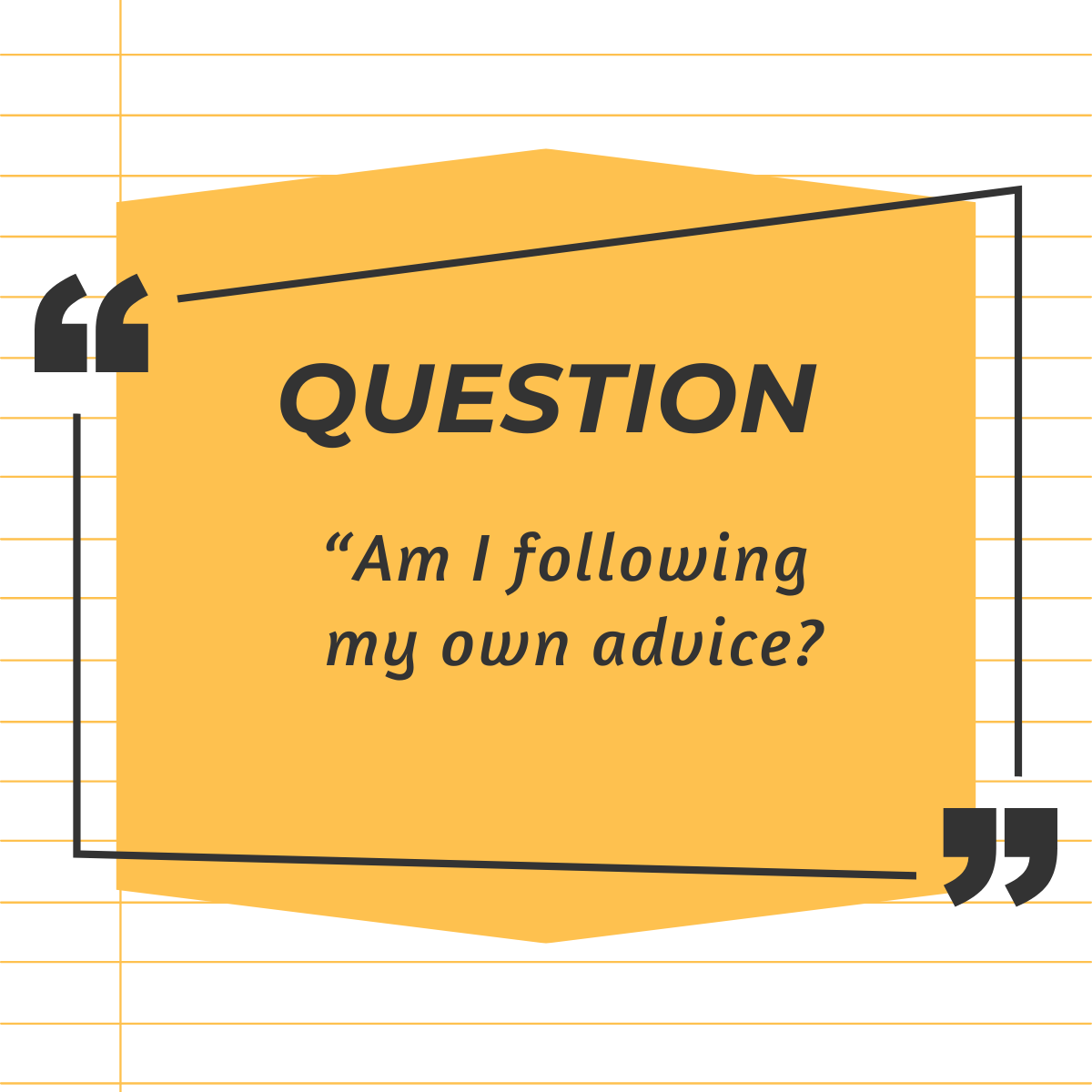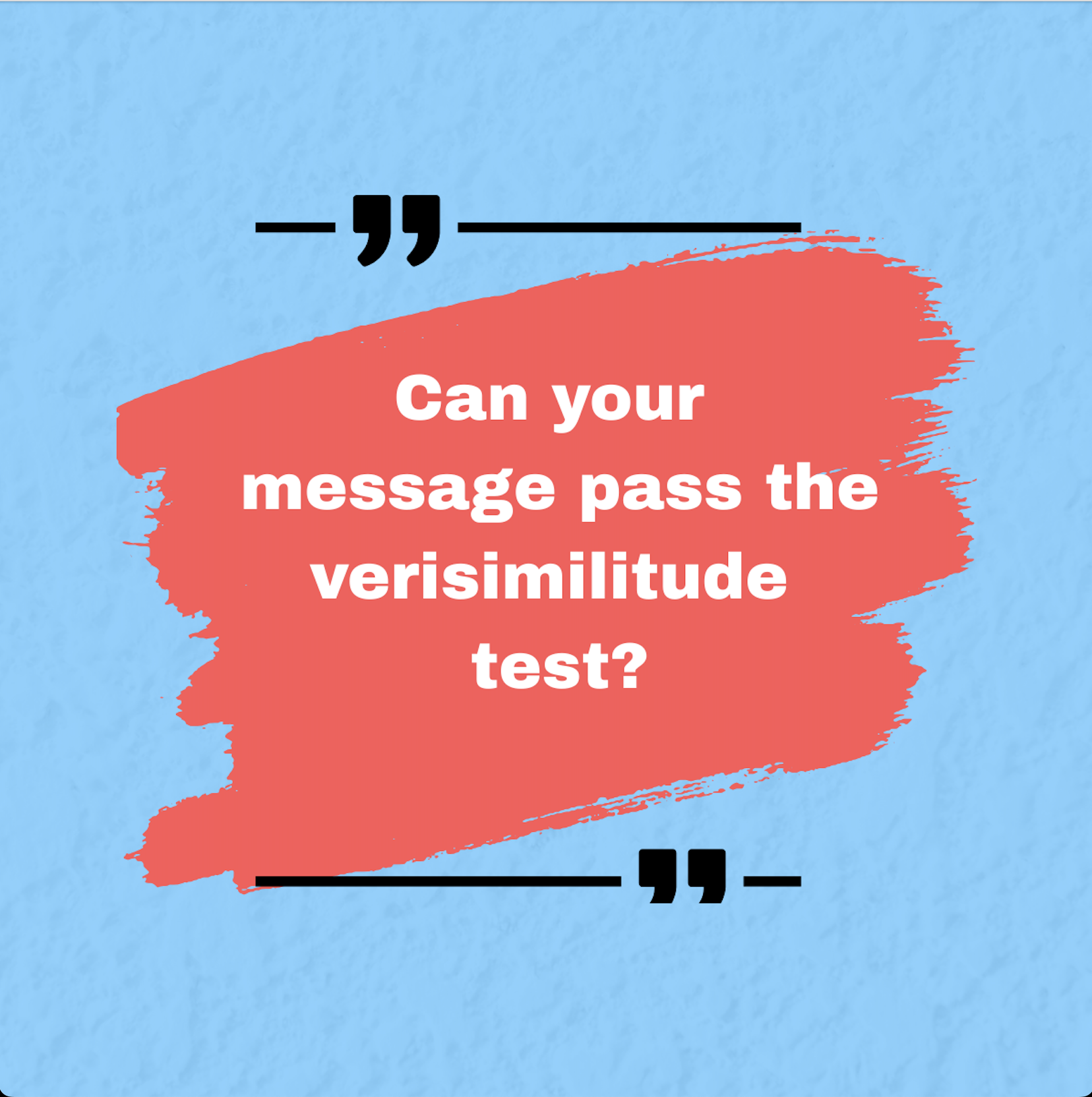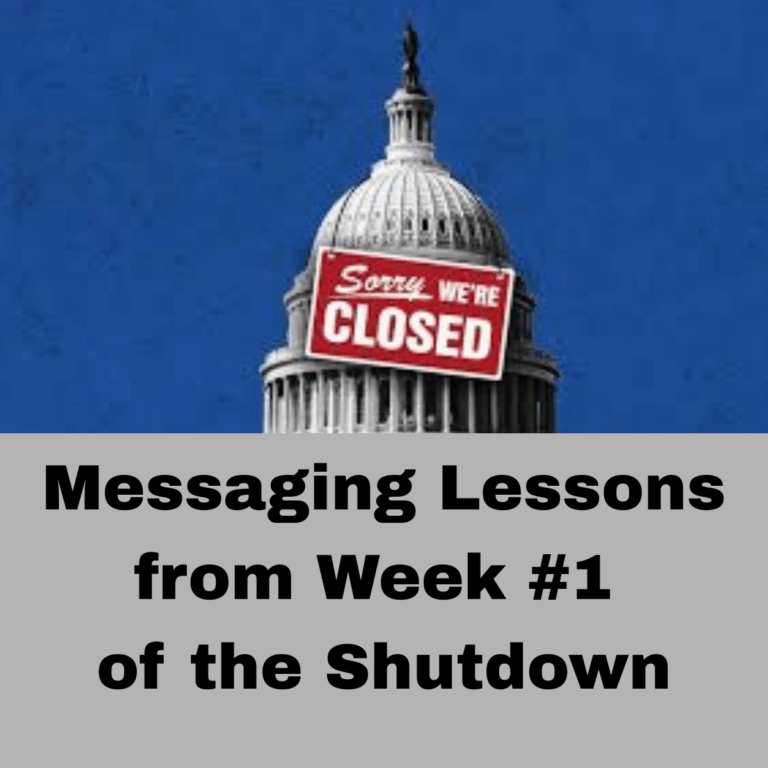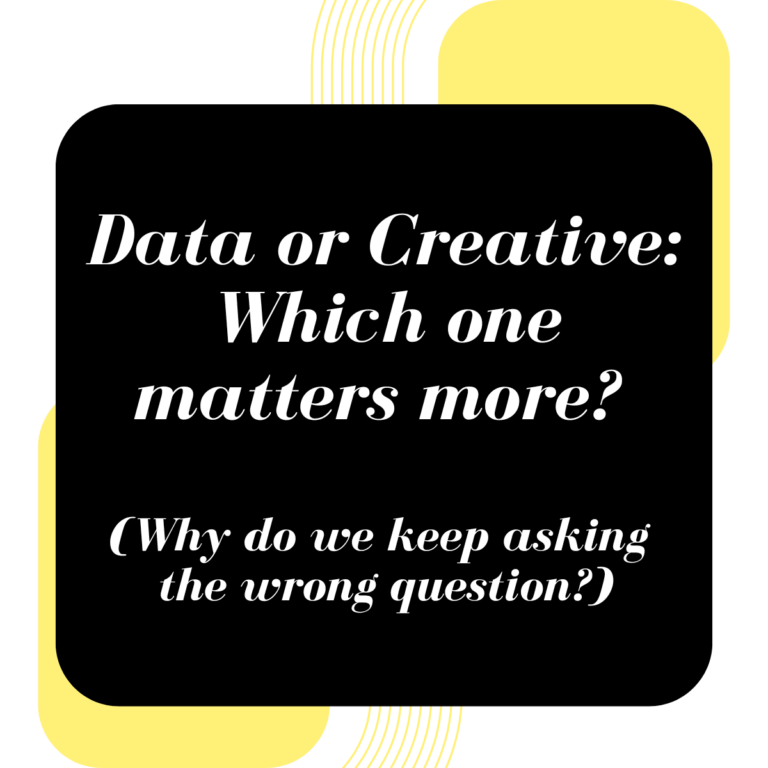Recently, one of my readers asked me an interesting – and challenging – question: Do you always take your own advice on messaging?
So, I decided to do a little self-examination. I went back and reviewed my recent writing both for this Monday on Message memo and my new 2026 Path to Persuasion Substack.
I’ll tell you what I learned in a minute. But first a few words about why the question should matter to all of us who write to persuade.
The bottom line: Often when our writing isn’t as compelling as it could be, it’s not because we don’t know how to do it better. It’s because we’re not intentional enough about actually applying what we know.
Closing that gap between knowledge and execution is the single most important step on the path to persuasion. (Yes, even more important than acquiring new knowledge about compelling communications.)
Now, like I promised, a look at four key areas I identified where my writing could be more reflective of my own advice.
Leading with emotion: If I want people to take my advice to heart, I have to connect with the emotions my readers bring to the conversation – worry about the current climate, eagerness to deliver for causes they care deeply about, frustration when what they write doesn’t connect.
That emotional connection comes through most easily when I write about messaging in the context of current political events. Here’s one example:
“We all knew Trump winning would hurt. But now that it has actually happened, the mix of emotions – fear, heartbreak, outrage, disbelief – is really hitting home.”
But in memos that are broader and less located in a specific moment, I don’t always lead with emotion as much as I could. A couple of examples of what I wrote and what I could have written:
I wrote: “We all know it’s important for our messages to start strong, right out of the gate.”
I could have written: “Want to move people, touch their hearts and spur them to action? Then make sure your message grabs their attention, right from the start.”
I wrote: “Applying and adapting behavioral science to nonprofit communications can make our work decidedly more persuasive.”
I could have written: “If you ignore behavioral science, you’re choosing to make your connection with your audience less powerful, less direct, and less persuasive than it could be.”
Relying on storytelling:
I advocate for storytelling and specifically making sure the stories we tell are purposeful and persuasive. But, on reflection, I don’t use storytelling as often as I might. Here’s a way I’m trying to remedy that shortcoming in an upcoming post.
I started my draft with language like this: “Your audience can be worried about the problem you’re working on. They can even be bought in on the solutions you are offering. But you won’t get very far if they don’t think your group is the right vehicle for bringing those solutions to life.”
Then I realized the following fun story might a more engaging way to get my point across.
“Ray Stevens, a well-established Nashville star, was given the opportunity to record any of three songs from a then-unknown songwriter named Kris Kristofferson. He chose “Sunday Morning Coming Down” about a lonely Sunday morning after a stoned out Saturday night.
“Stevens put out the recording and, despite his stature, it totally bombed. A couple of years later, Johnny Cash recorded it and the song was a huge hit.
“First puzzled, Stevens soon realized why: ‘I finally figured out. I didn’t have the image to sell a song about being stoned on Sunday morning. My image was just too clean. The song was a hit. I just wasn’t the one to sell it.’
“You may face the same barrier as Stevens unless you make clear why your group is the right vehicle for acting on the issue you’re taking on.”
Making It Clearer With Examples:
I’m also not frequently enough following my own advice on the clarifying power of examples. It’s one thing to make a point in the abstract. It’s so much better to illustrate what you mean with a concrete case in point.
For example, I could tell you “DO write in a conversational tone and DON’T write like a poet.” But my point becomes clearer if I show you what I mean:
Like a poet: “As the glistening noon sun bore down on us, our campsite became an unbearable inferno.”
Like a conversation: “By noon, it was hot as hell.”
So, along with more stories, look for more use of tangible examples in my future posts.
Not Breaking the Rhythm of Your Message:
I also advise against adding unnecessary and distracting passages to a message. Why? Because it breaks your rhythm and momentum. So, it’s wise to follow Elmore Leonard’s advice: Try to leave out the parts that people tend to skip.
Here’s an example from the opening of a recent post:
“Smart direct response programs carefully map their supporters’ journey. The goal: make sure people have a rewarding experience moving through time, each step leading to a logical and engaging next one.
“Often that journey mapping is transactional in its focus. It deals with a host of questions like these: What’s the best onboarding process for new donors at different giving levels? What sequence of events should trigger someone being sent a sustainer invitation or an upgrade request? What donor behaviors should lead to someone being moved from the midlevel program to a major donor fundraiser’s personal portfolio?
“But the smartest programs don’t limit themselves to transactional journey mapping. They also engage in mapping their supporters’ emotional journey.”
If I made that edit, the memo’s opening would have gotten to the memo’s main point much faster and without the distraction of the second paragraph.

Here’s the basic problem: We tend to put learning about how to communicate more persuasively and actually executing specific projects in separate boxes. Here are a few ways to bring the two closer together.
TIP: Create a cheat sheet of techniques you’re hoping to apply or habits you’re hoping to break. Then check individual writing projects against it.
TIP: Take time once a month to read through all you’ve written, appreciate what you’ve done well and reflect on what you’d do differently.
TIP: Often the easiest way to identify flaws in your execution is to read your message out loud.
TIP: Read other peoples’ writing with an eye on the techniques and messaging principles in evidence in their work.









